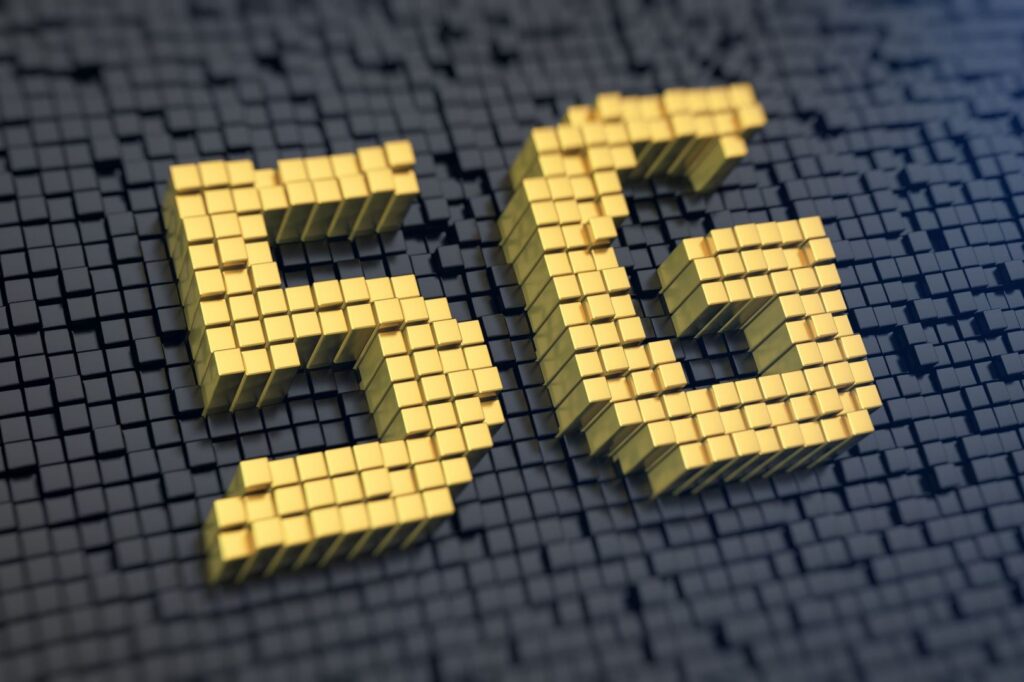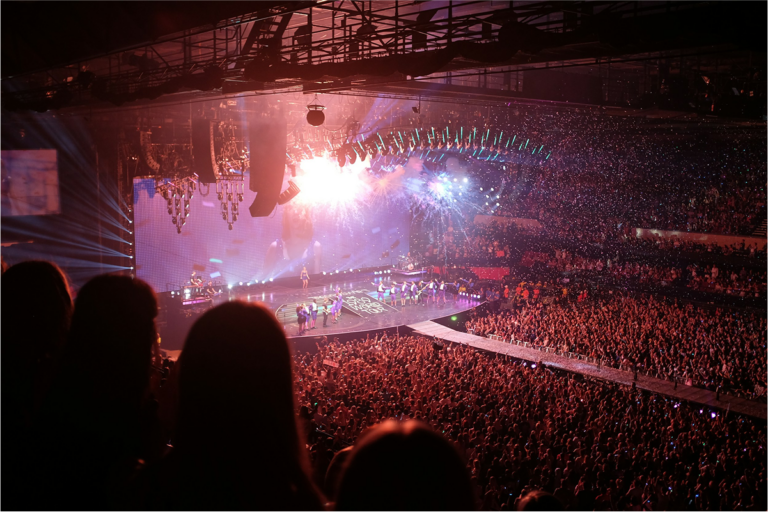
2019 proved to be a landmark year in connectivity as we witnessed the first 5G networks begin to roll out across the world.
The UK was among the first in Europe to launch 5G, with BT’s EE mobile arm the first to announce availability across six major cities, bringing faster speeds and more reliable connections to some of the busiest places. The rollout continues at pace, with mobile operators in the UK and internationally gradually expanding their 5G coverage. The race for 5G supremacy is truly on.
While 2019 was focused on the introduction of the first 5G networks around the world, 2020 is expected to bring an entirely new host of possibilities. The conversation will shift from 5G availability to exploring how we use 5G to improve virtually every facet of life for consumers and businesses.
Right now, we’re on the cusp of the 5G revolution, and we may not know the full benefits for a few more years to come. What we do know is that 5G will bring tremendous opportunities to businesses and the public sector. With the technology greatly enhancing all network characteristics – capacity, speed, response time (otherwise known as ‘latency’) – over the coming months, we will start to see a whole new level of technology use cases being developed and deployed. From connected cars and – in time – fully autonomous vehicles, to real-time virtual reality experiences, 5G is set to deliver potentially life-changing technology and customer experiences across multiple industries and regions.
Here are our top 5G predictions for 2020:
An explosion in connectivity is around the corner
The Internet of Things (IoT) could be the biggest shift we see with the full deployment of 5G. We already have millions of connected devices today – computers, mobiles, smartphones and appliances. But the number of IoT devices is expected to grow exponentially to 22 billion by 2025, and McKinsey reports that globally, every second, another 127 devices are connected to the Internet – let that sink in for a moment!
5G makes this possible, bringing speeds that are up to three times faster than 4G, which means that it can send and receive data from millions of devices compared to the thousands available today using 4G networks. Whereas 4G doesn’t have the capacity or bandwidth to manage the enormous quantities of data transmitted across billions of connected devices, 5G boasts the network capabilities to support this explosion in devices and data volumes that will be generated over the next decade.

5G also brings the lowest level latencies possible, meaning the time between an action being performed and the response is a fraction of previous networks. Traditionally, setting up low latency wireless networks has been a significant barrier to widespread IoT adoption, but that will also change with the adoption of 5G. Over the next year, we will see many of the most promising IoT applications such as industrial automation, asset tracking, smart city applications and remote surgery come into development and maybe even mass adoption.
We will increasingly see immersive experiences across a range of sectors
Immersive experiences such as augmented reality (AR), virtual reality (VR) and mixed reality (MR) have been stoking up interest in the past few years, but it’s only now with the advancements of 5G that we are beginning to see these technologies gather more steam in both B2C and B2B segments. Besides the gaming industry where AR/VR is exploding, many industries are starting to adopt immersive experiences to enhance customer service and user experience.
Take for example, Belfast Harbour who partnered with BT this year, to test augmented and virtual reality across BT’s public 5G network; a UK first. With 5G’s ultrafast speeds and reliability, Belfast Harbour was able to test an immersive experience technology to transform marketing and training activities. Many of these trials are underway across many business sectors – from construction and manufacturing to entertainment and hospitality, and 5G, because of its increased speed and bandwidth, is going to allow AR and VR to expand further.
2020 will see these kinds of immersive experiences become mainstream, especially in the retail industry with the decline of physical retail and rise of e-commerce. We’ll start to see retail shift to an experiential service, where shoppers will connect with products and services through augmented reality, linking the online and offline worlds through interactive and immersive experiences.
For the first time, businesses will think mobile-first
In recent years, mobile interactions have surpassed all other media for brand-based interactions. In other words, people are interacting with organisations via mobile devices far more than through the desktop. With this trend increasing from an employee and customer lens, many businesses are shifting their approach and looking at a mobile-first strategy; putting the mobile experience at the core of every customer and employee touchpoint. This means looking at design, development, marketing and employee workflow through a mobile lens above all else.
The biggest enabler of a mobile-first ecosystem will no doubt be 5G. Because 5G promises exponentially faster download speeds and data-sharing in real time, employees will continue to use their smartphone increasingly for personal and professional use. High resolution video for conference calls, downloading documents on the go and using cloud applications for collaboration; everything will become faster and easier with 5G. While we’re seeing some early adopter businesses think mobile-first already, 2020 will see a significant number of businesses transitioning their strategy in an effort to reach customers and employees in an increasingly wireless world.
We will live in an increasingly converged world
There are so many ways for us to get online these days – Broadband, 4G/5G, Fixed Wireless Access and WiFi Hotspots, just to name a few. But a converged environment will soon become a reality with the advancements many telco providers are making in this space. Convergence will see the lines between wireless and cellular connectivity blurred, allowing operators to seamlessly move traffic between networks while maintaining a high level of control and visibility. The end user – whether consumers or businesses – should benefit from a superior experience and better connectivity, both in the home, workplace or on the go.
For businesses, this is critical. Employees can transition seamlessly across various office locations, using multiple devices simultaneously and communicating with colleagues and customers, all without any delay in connectivity. And of course, the deployment of 5G will only mean convergence is of more importance, with the heightened coverage and speed of connectivity.
For example, someone could move around a connected city with seamless connectivity as their device is handed off from a mobile network to a WiFi hotspot. Meanwhile, a connected factory will be able to maximise the benefits of the IoT by ensuring critical systems have constant connectivity and traffic is routed optimally.

John Vickery, Principal Technology Architect, BT


